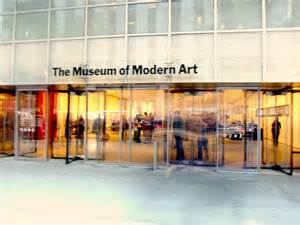- Jun 13 2016
New York City, NY
The artist and designer El Lissitzky conjured the idea of “the electro-library” in a brief manifesto on typography in 1923. The phrase suggested a shifting context for the typography being generated by avant-garde designers and artists in Europe in the 1920s.
Closely linked to the ideas of Constructivism and related movements that proposed a universal visual language, this new typography was commonly transmitted by experimental magazines devoted to the visual arts, design, architecture, theater, and film. Created by individuals central to these modernist movements—El Lissitzky, Kurt Schwitters, László Moholy-Nagy, Hans Richter, Theo van Doesburg, Lajos Kassák and Karel Teige—the magazines read as manifestos for new art and design innovations and functioned as a platform for translated writings by key figures of the international avant-garde. These texts were steeped in the revolutionary ideologies of the left of the 1920s and interwove political discourse with these emerging forms in art and design.
New technologies of transportation, communication, science and engineering were key motifs that illustrated potential new forms of modern living and organizing life. Different regional groups and their magazines reacted to and expanded upon these ideas, connecting local contexts with international movements. Czech, Romanian, Yugoslavian, Polish and Hungarian publications created a dynamic narrative of ideas spreading across a continent through a communication network. This exhibition surveys the MoMA Library’s extensive holdings of these magazines and traces this network of protagonists as they developed a new design language for the printed page.
Credit: Exhibition Overview from the MOMA website
Exhibition Venues & Dates
- Jun 13 2016
New York City, NY
